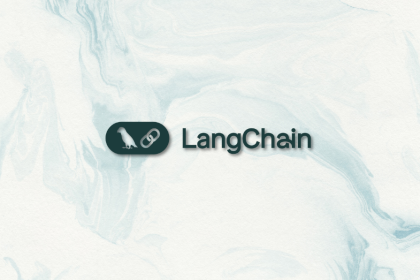
React Hooks and SolidJS Signals solve reactivity differently. Learn how each manages state and updates, and when to choose one approach over the other.

Sometimes a new color palette does the job. Other times, you need to rethink your product from the ground up. Here’s how to tell which kind of redesign your UX needs.

Discover how the Chakra UI MCP server integrates AI into your editor, reducing context switching and accelerating development by fetching real-time documentation, component data, and code insights directly in-app.

fetch callSkip the LangChain.js overhead: How to build a Retrieval-Augmented Generation (RAG) AI agent from scratch using just the native `fetch()` API.

Learn how to diagnose issues, rebuild trust, and re-energize an underperforming product team to drive better outcomes and stronger results.

If your feed is full of motion design reels, that’s fine. But the skills that get you noticed in the long run aren’t flashy. They’re practical, repeatable, and crucial for building products that actually work.

Clean, fast interfaces are great for usability. But when it comes to emotion, trust, and memorability, slower UX has its own magic. Discover how to pace your design to tell a story that users connect with, not just use.

It’s 2025, and CSS finally thinks logically. The if() function brings real conditional styling — no hacks, no JS workarounds. Here’s how to use it right.

Story beats strategy in early-stage products. Learn why a clear narrative drives alignment, investors, and early adopters before OKRs matter.

Learn when to use TypeScript, Zod, or both for data validation. Avoid redundant checks and build safer, type-sound applications.

Discover how WebAssembly 3.0’s garbage collector, exception handling, and Memory64 transform Wasm into a true mainstream web platform.

AI agents often break shadcn/ui components with outdated docs or made-up props. The MCP server fixes this by giving live access to registries. In this tutorial, we’ll set it up and build a Kanban board to show it in action.